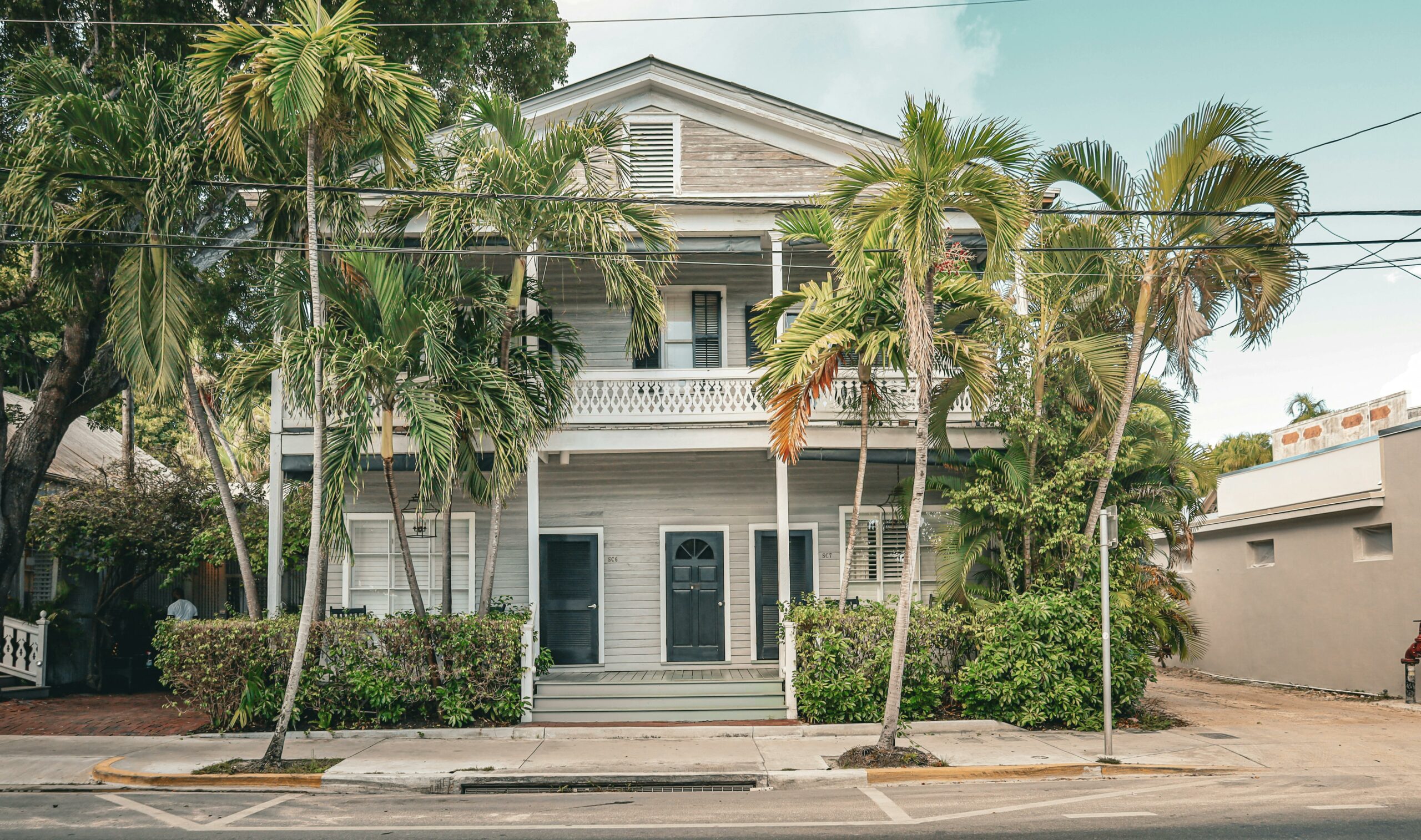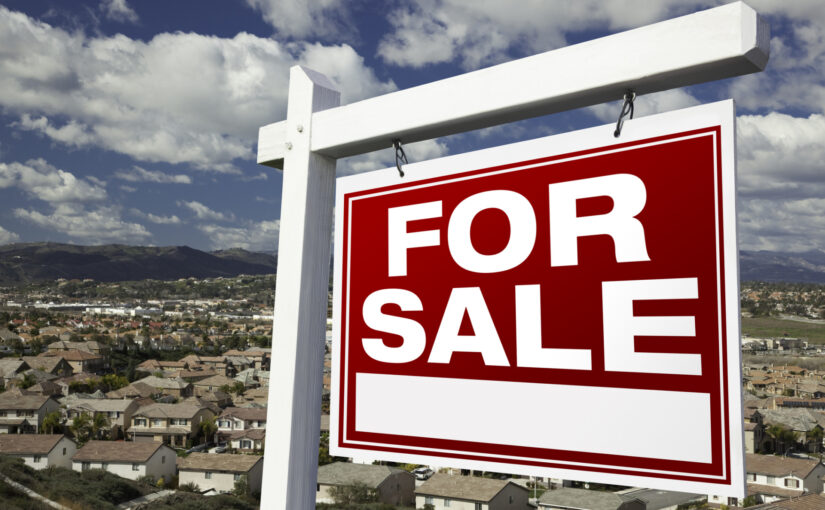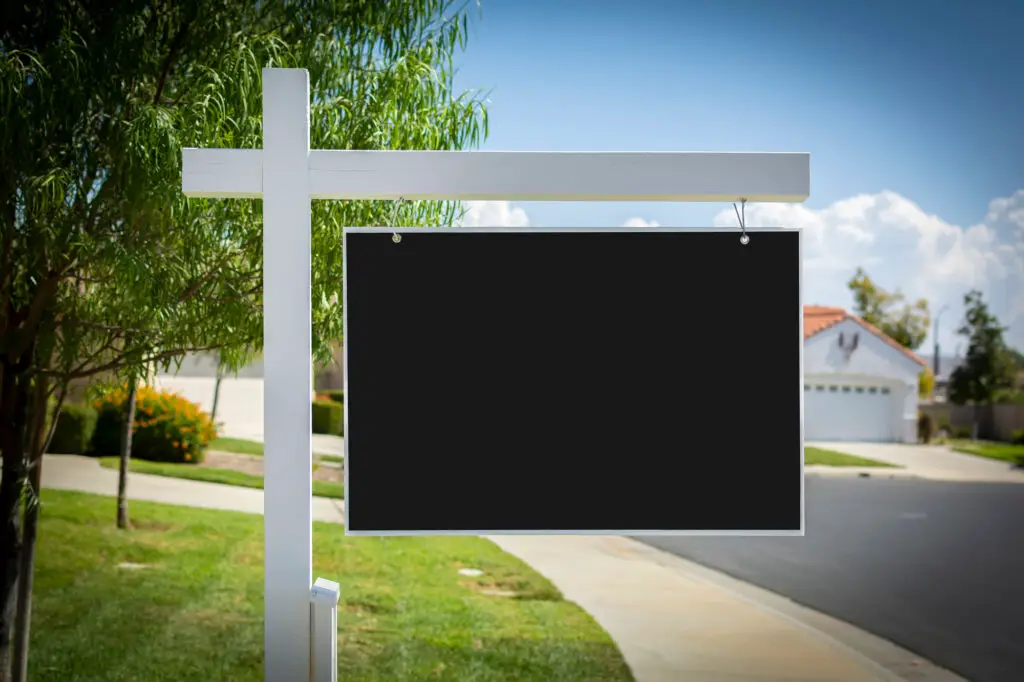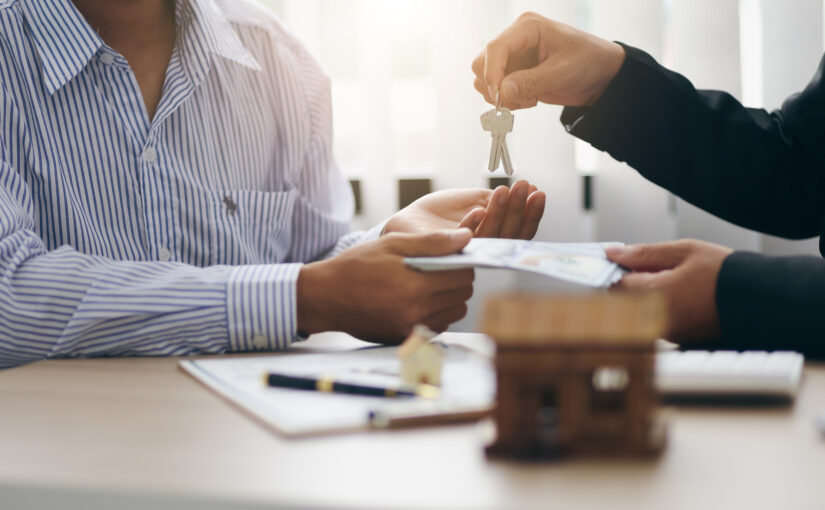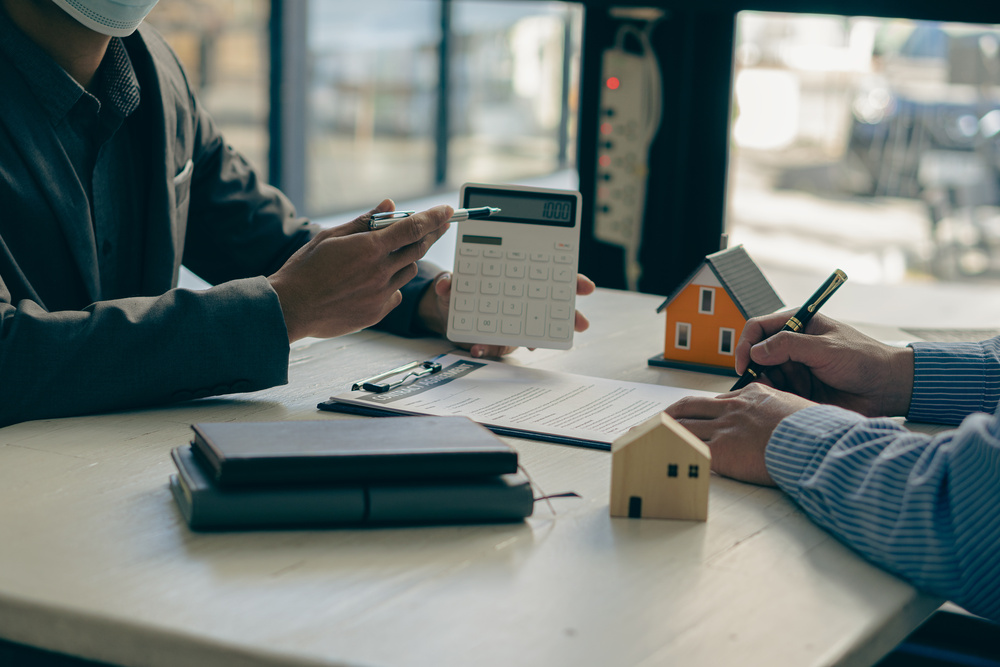Struggling to sell your home quickly in Orlando? You’re not alone. Many homeowners face challenges with slow markets or outdated strategies, delaying their plans and adding stress.
Fortunately, actionable solutions exist. Our post, “8 Strategies for Rapid Home Sales in Orlando,” offers proven tips to accelerate your sale.
Need urgent assistance? Connect with a fast home buyer in Orlando for expert help in closing deals swiftly and efficiently.
Boost Your Curb Appeal
Hey, let’s start with the first impression your home makes in Orlando. Curb appeal can hook buyers instantly, so make your exterior pop with simple upgrades.
- Refresh the Paint: A fresh coat on your front door or shutters in a bold color can transform the look. It’s an affordable way to stand out.
- Landscape Smartly: Trim overgrown bushes and add colorful flowers. A neat yard signals care and invites buyers to imagine living there.
- Upgrade Lighting: Swap out old fixtures for modern ones. Good lighting enhances safety and highlights your home’s charm at night.
- Clean Everything: Power wash driveways and sidewalks. A spotless exterior shows buyers you’ve maintained the property with attention to detail.
These small tweaks can make a huge difference. When buyers drive by, they’ll notice your home first in a competitive Orlando market.
Set Competitive Pricing Strategies
Getting the price right is crucial for a fast sale in Orlando. Overpricing can scare buyers away, so let’s nail a competitive strategy together.
Research Local Comps
Dive into recent sales in your area. Comparable homes give a clear benchmark, helping set a price that attracts Orlando buyers without undervaluing.
Consult a Top Agent
Partner with a local real estate expert. Their insight on market trends ensures your price aligns with what buyers are willing to pay.
Consider Online Tools
Use free home value estimators online for a starting point. These tools pull data quickly, but follow up with an agent for accuracy.
Adjust for Condition
Be honest about your home’s state. If repairs are needed, factor that into pricing to avoid long market days in Orlando’s scene.
Prepare Home for Market
Before listing in Orlando, prepping your home is key. A well-maintained space builds buyer confidence and can speed up the sale process.
Declutter Every Room
Clear out excess stuff to make spaces feel larger. Buyers in Orlando want to envision their lives, not yours, in the home.
Fix Minor Repairs
Tackle small issues like leaky faucets or cracked tiles. These fixes show your home is move-in ready for eager Orlando buyers.
Deep Clean Thoroughly
Scrub every corner, from floors to windows. A spotless home feels fresh and cared for, making a strong impression on visitors.
Neutralize the Decor
Tone down bold colors or personal items. Neutral vibes appeal to more buyers, helping them picture the space as their own.
Utilize Effective Marketing Tactics
Marketing your Orlando home right can draw in buyers fast. Let’s explore creative ways to showcase your property and stand out in the crowd.
- Leverage Social Media: Post stunning photos and videos on platforms like Instagram. Engage followers with stories to boost visibility in Orlando.
- Host Virtual Events: Offer live webinars or Q&A sessions online. These build trust and connect with buyers who can’t visit in person.
- Create Eye-Catching Listings: Write compelling descriptions for online platforms. Highlight unique features to grab attention in Orlando’s competitive market.
- Use Local Channels: Advertise in community groups or local papers. Tapping into Orlando networks can reach buyers looking nearby.
Great marketing gets eyes on your home quicker. Combine digital and local strategies to ensure your Orlando listing doesn’t get overlooked.
Optimize Showings and Offers
Showings are your chance to shine in Orlando. Making them smooth and appealing can turn lookers into buyers with solid offers soon.
Schedule Strategically
Plan showings during peak buyer times like weekends. Flexibility in Orlando’s busy market ensures more potential buyers can see your home.
Keep It Spotless
Before every showing, tidy up meticulously. A clean home feels inviting and ready, encouraging buyers to make offers faster.
Highlight Key Features
Point out what makes your home special during tours. Whether it’s a view or upgrade, emphasize value to Orlando visitors.
Be Ready for Feedback
Listen to buyer comments after showings. Adjusting based on input can help refine your approach and secure offers sooner.
Capture High-Quality Visuals
Photos are often the first thing Orlando buyers see. High-quality visuals can make them stop scrolling and want to see your home in person.
- Invest in Pro Photography: Hire a professional for crisp, well-lit shots. They know angles that showcase your home’s best in Orlando.
- Use a Good Camera: If DIY-ing, grab a DSLR for clarity. Better equipment means sharper images that attract online buyers.
- Edit for Impact: Enhance photos with editing tools for brightness. Polished visuals stand out in listings and draw more interest.
- Include Drone Shots: Aerial views highlight location perks in Orlando. They give buyers context about nearby amenities or scenery.
Stunning visuals sell homes faster. Make sure your Orlando listing pops online with images that leave a lasting impression on buyers. Check out more tips on quality real estate photos.
Offer Virtual Tour Experiences
Virtual tours are a game-changer for Orlando sales. They let buyers explore your home remotely, widening your pool of potential offers.
- Create 3D Walkthroughs: Use tools like Matterport for immersive experiences. Buyers can “walk” through your Orlando home from anywhere.
- Highlight Key Areas: Focus on standout rooms or features in tours. Make sure buyers see what sets your place apart.
- Keep It Accessible: Host tours on multiple platforms for easy viewing. Convenience can hook busy or out-of-town Orlando buyers.
- Update Regularly: Refresh tours if you make changes. Accurate visuals build trust with buyers browsing your Orlando listing.
Even post-pandemic, virtual tours add value. They’re a modern touch that can speed up interest in your Orlando home significantly.
Stage for Quick Sales
Staging your Orlando home can seal the deal fast. It’s about creating a space where buyers instantly feel they belong and want to buy.
Depersonalize the Space
Remove family photos and quirky decor. A neutral canvas lets Orlando buyers imagine their own lives unfolding in your home.
Arrange Furniture Wisely
Position furniture to maximize space and flow. Highlight functionality so buyers see how rooms work for their needs in Orlando.
Add Subtle Touches
Place fresh flowers or neutral art for warmth. Small details make your home feel inviting without overwhelming potential buyers.
Focus on Key Rooms
Prioritize staging kitchens and living areas. These high-traffic spots often sway decisions for buyers touring homes in Orlando.
Last Words
Ready to sell your Orlando home fast? Implement these strategies and partner with Revival Homebuyer for expert guidance. Your dream sale is within reach—act now, boost appeal, price right, and market smartly to close quickly and confidently!


